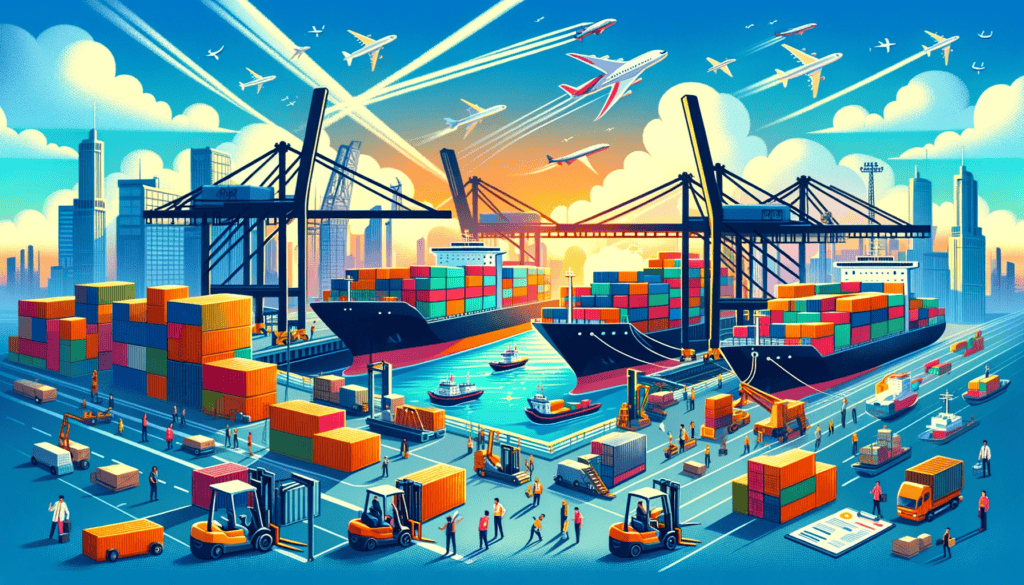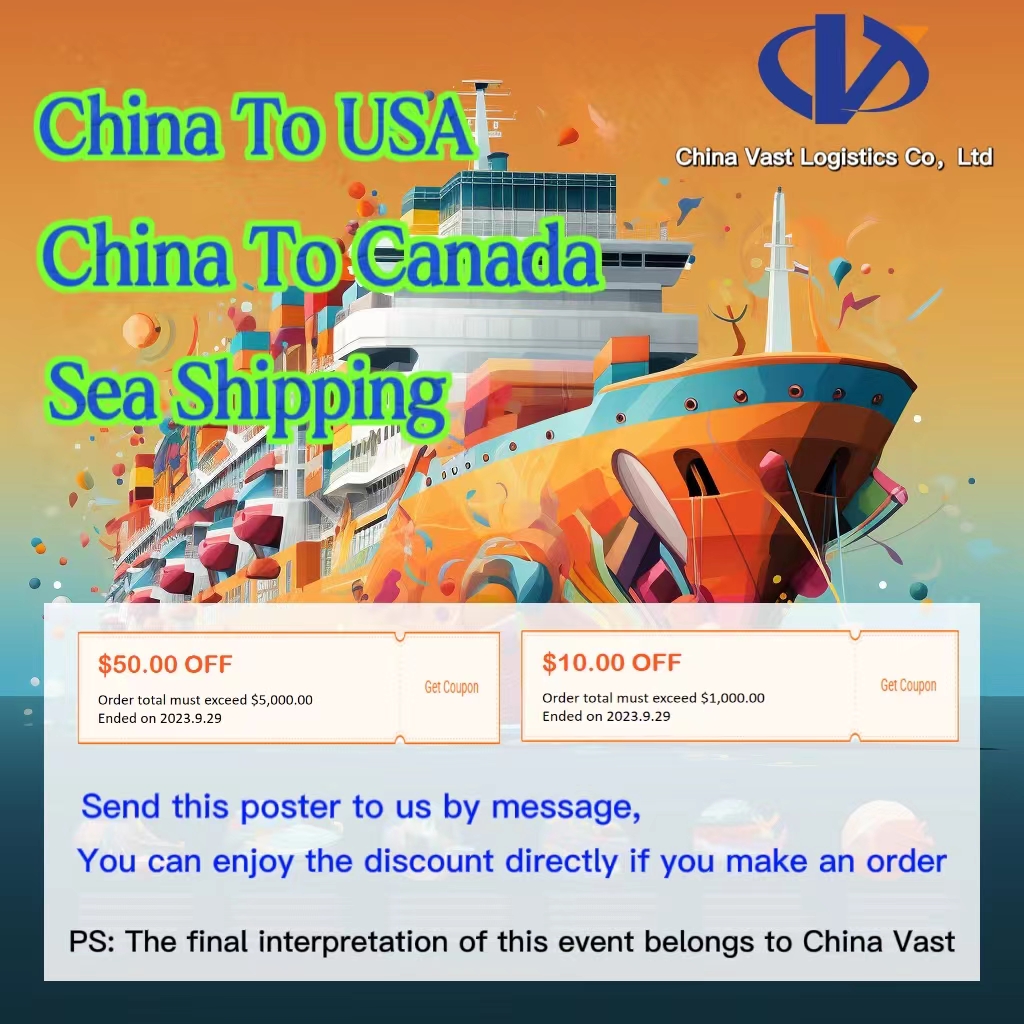Understanding VAT shipping can be complex, but this guide aims to provide clarity. Read on for comprehensive information on VAT in the realm of shipping.
VAT, or Value Added Tax, is applied at each stage of the supply chain where value is added to a product, culminating in the final sale to the consumer. Businesses collect VAT from customers and remit it to the government.

While import taxes are specific to goods crossing borders and vary by item type, VAT applies to the value added to goods and is a consistent rate across all imported goods.
In contrast to VAT’s multiple stages of application, US sales tax is a one-time charge on the final sale. The complexity of sales tax rates varies across different jurisdictions within the country.
GST is a flat rate applied to the final sale amount, whereas VAT is incremental, increasing as the product’s value increases through its production stages.
VAT is a percentage of the sale price, with taxpayers deducting the VAT paid on earlier stages to prevent double taxation. The total VAT reflects the sum of VAT at each production phase.
Factors That Determine VAT Liability When Shipping Abroad
VAT liability differs by country and is influenced by the product type, the customer (business or consumer), and the method of delivery.
Most countries implement VAT on shipments, with rates varying widely. The US is a notable exception, not charging VAT.

Recent EU changes mean all shipments incur VAT, with key alterations including the end of the EUR 22 exemption and the introduction of the IOSS.
Though the EU has standard practices for VAT, each member state sets its own rates, and globally, countries apply VAT according to their specific regulations.
Certain goods and services, like healthcare and education, are exempt from VAT in shipping.
Businesses can claim VAT refunds from EU countries through their local tax authority, with interest paid on refunds delayed by the EU country’s tax authority.

Welcome to CHINA VAST GROUP, a distinguished enterprise established in 2005. As a leading service provider in China, we specialize in international logistics and supply chain services, with a commitment to innovation, mutual benefit, and win-win partnerships. We operate through three principal divisions: CHINA VAST LOGISTICS CO., LTD., VASTFORTUNE STORAGE AND TRANSPORTATION CO., LTD. and VASTREACH SUPPLY CHAIN CO., LTD., each dedicated to excellence in their fields.
